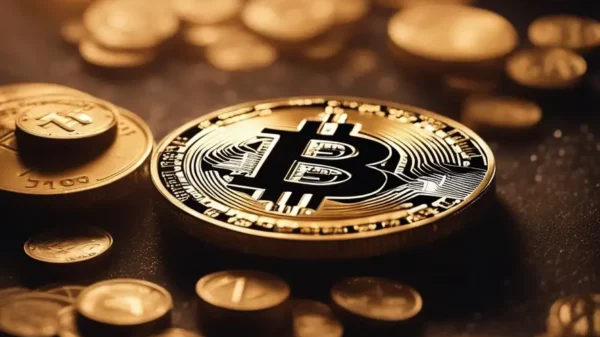The development of virtual assistants powered by artificial intelligence (AI) that can identify and respond to human emotions is one of the most fascinating advancements in recent years. In this post, we’ll look into what these helpers are, how they operate, and both the advantages and drawbacks of using them.
What do virtual assistants powered by AI that can identify human emotions look like?
Software applications that employ natural language processing (NLP) and machine learning algorithms to assess the user’s emotional state and offer the necessary responses are known as AI-powered virtual assistants. By adjusting to the user’s emotional state over time, these assistants are intended to give them a more customized experience.
How do they function?
These assistants function by assessing a variety of elements, including the user’s voice tone, body language, and word choice to ascertain their emotional state. They use this information to respond appropriately, offering the user words of encouragement or ideas for activities that may help them unwind.
What potential advantages might there be to using virtual assistants driven by AI and able to discern human emotions?
- Personalized experience for the user
- Better mental and physical health
- Increased effectiveness and productivity
- Superior customer service
What potential issues could arise from using them?
- Data security and privacy
- Possibility of abuse or unethical uses
- Using technology instead of talking to people
- Reliability and accuracy of emotional recognition
Privacy and data security
Privacy and data security are two of the key issues with using virtual assistants powered by AI that can identify human emotions. There is a chance that the emotional data that these assistants gather about the user could be exploited or obtained by unwanted persons.
Possibility of abuse or unethical uses
The possibility that these assistants will be employed unethically is another worry. An assistant might be used to take advantage of or manipulate a user for personal benefit or other objectives, for instance, if it can detect when the user is angry or weak.
Using technology instead of talking to people
There is also fear that relying too heavily on technology over interpersonal interaction may result from the deployment of AI-powered virtual assistants that can identify human emotions. While these helpers can offer assistance and direction, they cannot take the place of interpersonal relationships and empathy.
Reliability and accuracy of emotional recognition
Last but not least, there is a question regarding the precision and dependability of emotional awareness. There is always a chance of misinterpretation or inaccuracy, even if these assistants are supposed to assess a variety of elements to determine the user’s emotional state.
Conclusion
Virtual assistants with AI capabilities that can identify human emotions and react appropriately have the potential to be very helpful for users. Before utilizing these technologies, it is crucial to thoroughly weigh the hazards and ethical ramifications they may pose.
F.A.Q.
Q: What are AI-powered virtual assistants that can recognize human emotions?
A: AI-powered virtual assistants that can recognize human emotions are software programs that use natural language processing (NLP) and machine learning algorithms to understand the emotional state of the user and provide appropriate responses.
Q: How do they work?
A: These assistants work by analyzing various factors such as the user’s tone of voice, facial expressions, and choice of words to determine their emotional state. They then use this information to provide appropriate responses, such as offering words of encouragement or suggesting activities to help the user relax.
Q: What are the potential benefits of using AI-powered virtual assistants that can recognize human emotions?
A: The potential benefits of using AI-powered virtual assistants that can recognize human emotions include a personalized experience for the user, improved mental health and well-being, increased productivity and efficiency, and enhanced customer service.
Q: What are the potential concerns associated with their use?
A: The potential concerns associated with the use of AI-powered virtual assistants that can recognize human emotions include privacy and data security, potential for misuse or unethical purposes, reliance on technology over human interaction, and accuracy and reliability of emotional recognition.
Q: How accurate are AI-powered virtual assistants that can recognize human emotions?
A: While these assistants are designed to analyze various factors to determine the user’s emotional state, there is always a risk of misinterpretation or error. The accuracy and reliability of emotional recognition can vary depending on the technology and the individual user.




